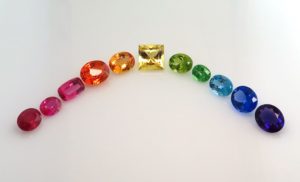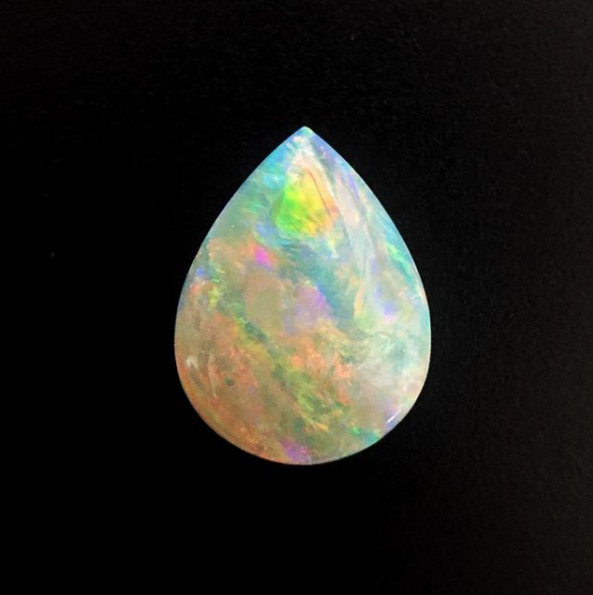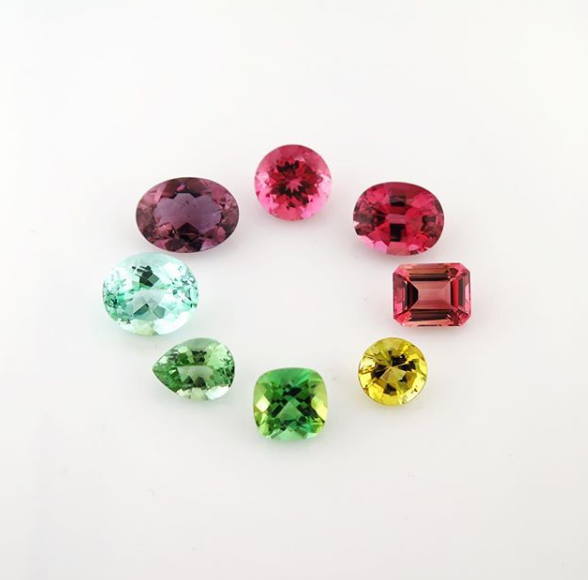Before we understood why it happened, it must have been a wondrous sight to see an arc of pure spectral colour suddenly appear in the sky and then disappear just as quickly. According to ancient Japanese beliefs, rainbows were the bridge human ancestors used to reach earth, while in ancient Greek mythology they were the mode of transport used by the divine messenger Iris, who was as elusive as the rainbow itself.
Even though the science is now understood and most people are familiar with Newton’s prism dividing a beam of white light in the colours of the spectrum, rainbows continue to fascinate.

The rainbow phenomenon is also very important in the world of gemstones, particularly in stones such as Diamond, Demantoid Garnet and Zircon, where flashes of pure spectral colours can be seen.

One stone that shows dispersion in an intriguing way is Opal. The rainbow colours seen in this stone are due to small spheres of silica arranged in a very orderly manner, with the light travelling through and bouncing both off the spheres and the gaps. The smaller the spheres the more blue the opal and the more common the stone.
The larger the spheres the more red the stone will show and the more rare it is. Valuing opal is very difficult as it requires a deep understanding of not only the scarcity of the type of opal being valued, but also patterns of colour and the background colour, which can vary from transparent, white, grey through to black.
Coloured stones literally come in all colours of the rainbow, which is why they are beautiful, fun and fascinating – we have never handed a gemstone to anyone without having a reaction to the colour. One gemstone that has the widest range in colour is Tourmaline. Generally thought of as green it also comes in red, pink, yellow, brown, and more rarely blue.

The Paraiba Tourmaline is a wonderful neon blue/green gemstone, named after the province in Brazil where it was first found. In Sri Lanka, during the mining process, they pile the gem-bearing soil to one side and later wash and pan it in wicker baskets to separate out the Corundum. The non-corundum stones are referred to as Turmali, from which Tourmaline gets its name.
Gemstone specialists GF Williams supplies a huge range of high quality coloured gemstones and is an expert and experienced gemstone supplier to designers, manufacturers, collectors and private clients.
Find out more about how GF Williams can fulfil your gemstone requirements by browsing our online gemstone catalogue or contacting our friendly team of gemstone experts on +44 (0) 207 405 5477 or email office@gfwilliams.co.uk.
